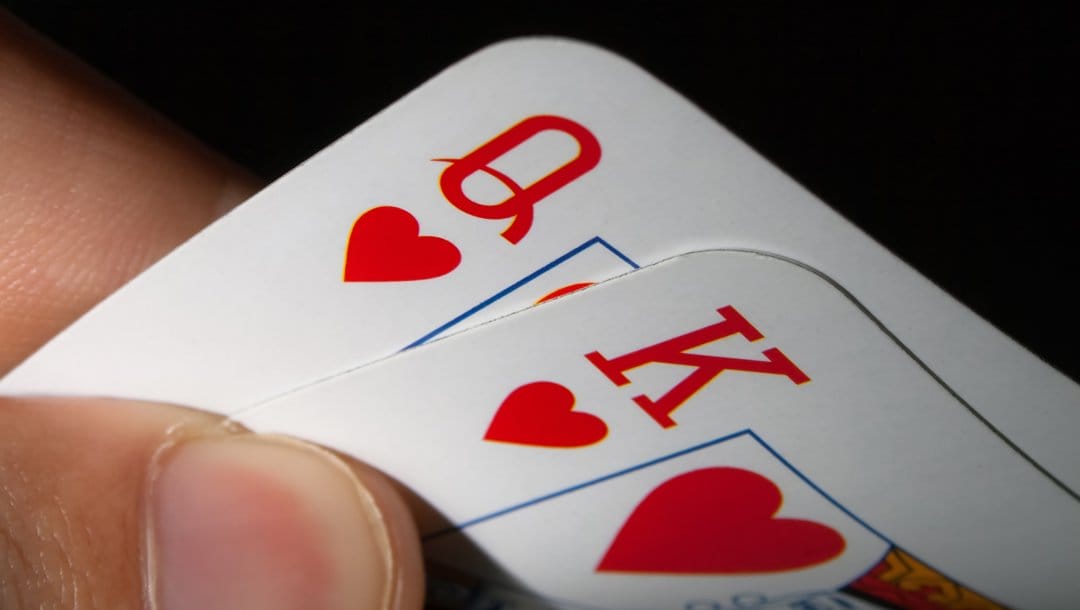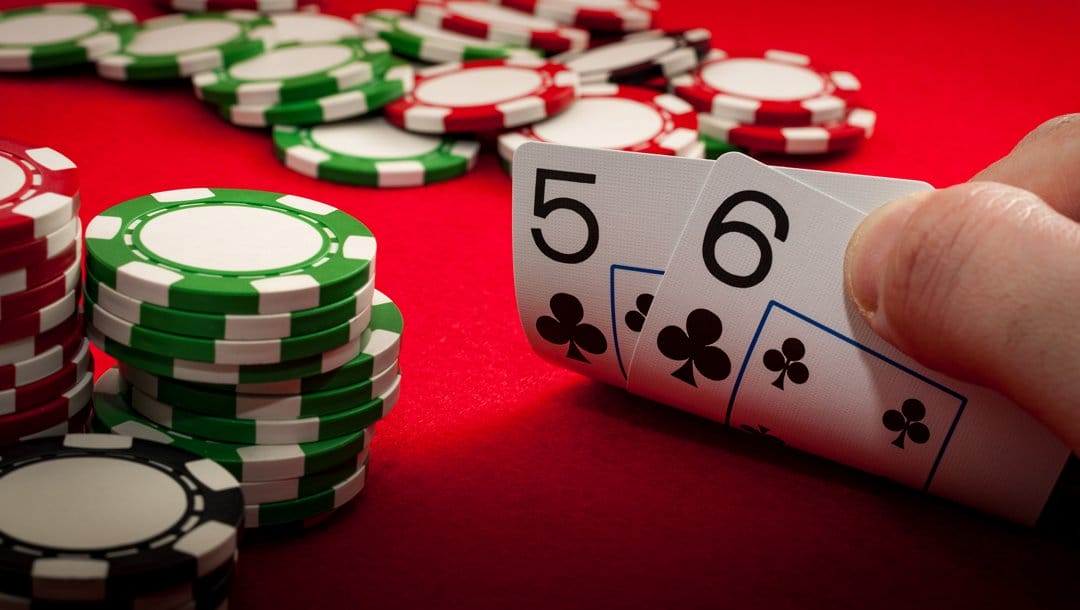
Very few things are certain in the game of poker, but one of them is this: If you want to make it in live or online poker alike, you have to master the art of deception. In other words, you have to learn how to bluff at poker. That’s because poker is a game of limited information. Players base their actions not on certainty but on probability — not just the probability of connecting with the board to build the strongest hand, but also the probability of correctly calling and interpreting other players’ actions and reactions to the situation playing out on the table.
It’s a major advantage if you can get an opponent to perceive your hand to be something other than what it really is and bluffing is the only way to achieve this. It isn’t necessarily easy to acquire this vital skill, so here are some strategic pointers to guide you on your way. Let’s take a closer look.
Pure Bluffing in Poker
There are two major types of poker bluffs. The first is the pure bluff. This is when your hand has no chance of being the strongest hand, but you make a play in any case in a bid to induce an opponent to fold. The best way to achieve this is to put them under pressure until they crack, typically by raising them out of their comfort zone.
The simplest example of a pure poker bluff would be stealing the blinds. Against the right opponents, if nobody has raised pre-flop (indicating a general lack of interest in the hand) and the action checks to you, a simple raise can be enough to get the other players to fold, so you can add the blinds to your stack.
Most of the time, however, bluffing is more complicated than that. Basically, you’re going to try to influence your opponents into making decisions in your favor by representing your hand in a certain way. In many cases, you’ll try to represent a strong hand. The way to do this is to act in a way that’s consistent with actually having a strong hand.
Say you’re on the button and you raise before the flop. This action already shows confidence. Then the flop comes, you’re in position, and you make a continuation bet. If your opponents aren’t holding anything special, this may already be enough to make them fold. Realistically, they won’t have anything most of the time. After all, they only have a one-in-three chance of flopping a pair, let alone anything more powerful. Unless they call your bluff, you’ll have them where you want them.
Another pure bluff strategy that often succeeds is to double barrel (make a continuation bet) when scare cards turn up. These are any cards that are likely to make your opponents nervous. Say the flop comes 7 of diamonds, 4 of spades and 2 of hearts. This makes for a dry board that’s very hard to connect with. Then the turn comes and it’s the ace of clubs. This is a very scary card for any player who doesn’t have an ace in the hole! So you make a c-bet to represent strength and hopefully, your opponents fold.
A similar high-pressure move is to check-raise all-in on the turn. Tight opponents who avoid showdown – unless they have strong hands – are likely to melt under this kind of heat.
Semi-Bluffing in Poker

Pure bluffing is risky. It only works against some opponents. Other players will call your bluff and you’ll be left with nothing. A less risky strategy is semi-bluffing. This is when you bluff with a hand that’s worth nothing but that could — with a bit of luck — develop into a winning hand on later streets. (Play online casino games? Semi-bluffing is similar to soft doubling down in blackjack, where you double down with ace-3 against the dealer’s 6 in hopes that the dealer will go bust but with a chance to win if they don’t.)
Say the flop comes and you have two overcards or the potential to draw a straight or flush. In this situation, it makes sense to call on the flop and bet on the turn. Players with weak holdings are likely to fold and there’s always the chance you’ll make a high pair or hit your draw if your opponent calls your bluff. With the same kind of equity, you can also bluff-raise the turn. If someone bets the flop and turn, raise them back. Unless they have a very strong hand, they will probably fold rather than go to showdown.
What if you bluff-raise the turn and miss your draw on the river? Simply play in a manner that’s consistent with hitting the draw. In other words, maintain your bluff until the end. For this to succeed, you need to be telling a credible story: Your hand representation needs to be legitimate, and the hit cards on the board must be in your range.
Sizing Up Your Opponents

Even an expert bluffer will miss the mark against the wrong type of player. A good opponent to bluff against is your standard nit. That’s the type of player who rarely bets, raises or calls unless they’re holding value. Represent strength plausibly and watch the nits fold under the pressure. Be careful, though — nits tend to have some degree of hand-reading skill, so you can expect your bluff to be called if your story isn’t believable.
By contrast, calling stations (players who prefer to continue, come what may) lack all hand-reading ability and only play their cards. It’s a complete waste of time to bluff them — just widen your value range and play straight poker. The same goes when you’re up against loose-passive players.
Representation against aggressive maniacs is also often wasted effort as their strategy ultimately depends on fold equity (their opponents’ tendency to fold,) the same as most poker bluffs. But you can turn their aggression against them. If you think a maniac is weak-handed, let them build the pot, then represent strength on the turn and take it down.
The most challenging opponents to bluff against are your loose-aggressive (LAG) players who can read hands well, chase small pots, and only go after big pots if they have equity. As a result, in addition to representing strength to steal small pots, you’ll want to represent weakness so as to bluff them into building larger pots. LAGs will test your bluffing skills to the limit, but if you succeed against them, you’ll be well on your way to mastering advanced bluffing.
Raise Your Online Poker Game at BetMGM
Ready to hone your own poker bluffing strategy? Register at BetMGM to test and improve your skills against online poker players of all skill levels, from raw beginners to seasoned pros. BetMGM’s premium poker software enables you to join in cash games and online poker tournaments, including sit-and-go and multi-table formats, on your device of choice, anywhere you choose to play. Night or day, you’ll find your way to top-rated poker action at BetMGM!
Level up your online poker game with the knowledge of how to bluff like a pro. Read on for tips on deceiving your opponents into folding in your favor!


